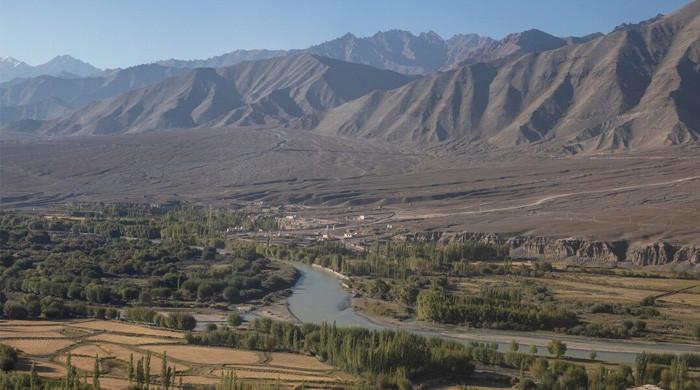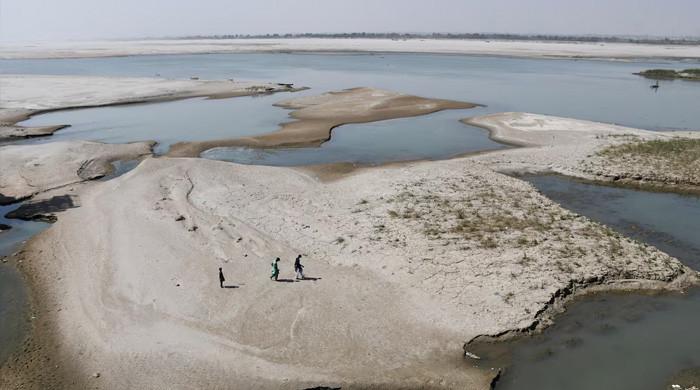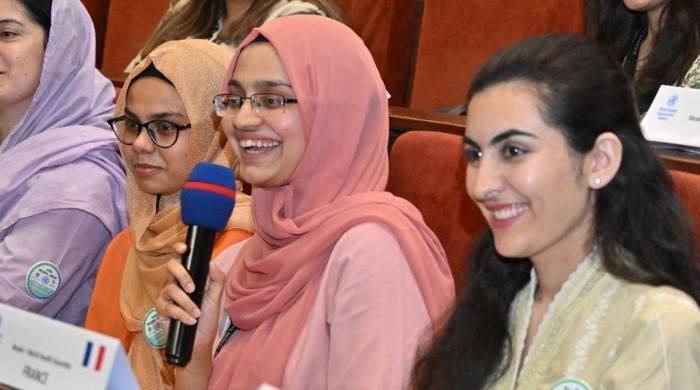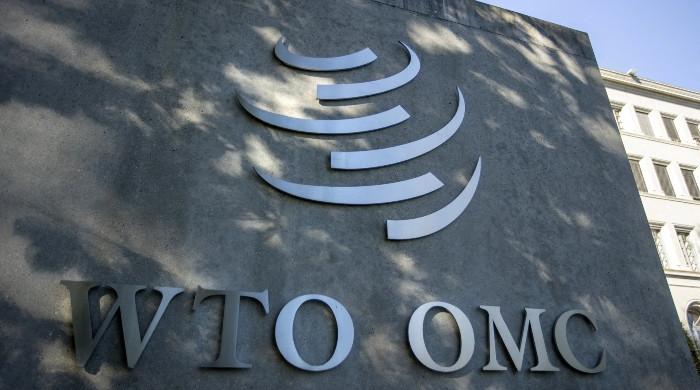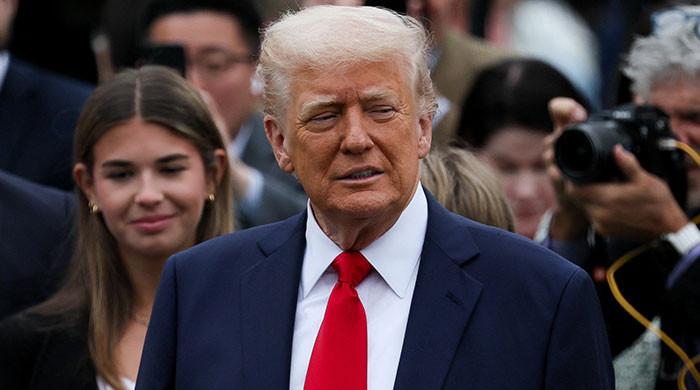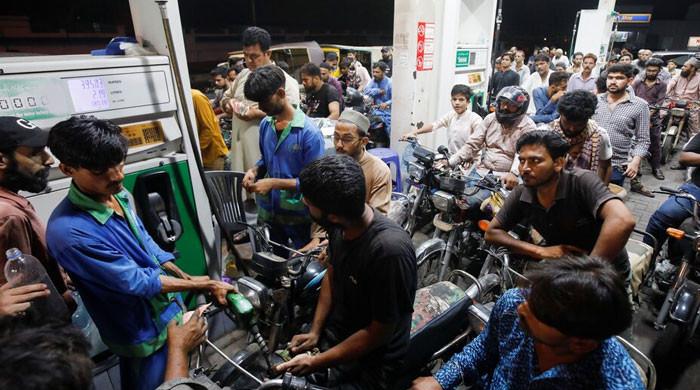Adding $80 billion to the GDP
Problem of course is that Pakistan cannot get serious about its economy without getting serious about its women
March 07, 2023
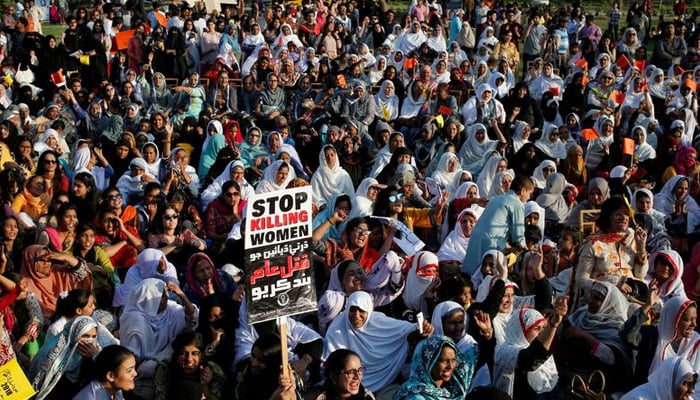
Can you name the country where women have the smallest share of senior, managerial and legislative roles? Can you name the country that has one of the largest gaps between boys and girls in secondary school enrolment? Can you name the country with one of the largest gaps in healthcare provision? I will share the name of this country — but, first, some history and context.
One of the defining aspects of the jahiliya — the era of ignorance and godlessness that preceded the arrival of the beloved Holy Prophet Muhammad (PBUH) — was, that infant girls were buried upon birth alive by their parents. Another was that women were denied their due share of the inheritance. If you were a woman in the age of jahiliya, you had compromised economic opportunity, your ownership of assets was easily undermined, and your ability to learn and secure knowledge was far from guaranteed. Islam marked a liberation of humankind from the strident inequities and injustices of the age of ignorance — and at the heart of this liberation and freedom was the humanisation of the female.
It is no accident that the life of the Holy Prophet (PBUH) was a journey that featured women who defined this elevation of womanhood — his mother Aminah bint Wahb (R.A); his foster mother Halimah bint Abu Dhuaib (R.A); his first wife, his business associate, partner and employer, the honourable mother of the believers, Khadijah bint Khuwaylid (R.A); his daughter (and the mother of Imam Hussain (R.A)) Fatimah bint Muhammad (R.A); and his wife and honourable mother of the believers Aisha bint Abu Bakr (R.A).
These relationships reflect a spectrum of the ways in which the age of Islam represents the liberation of humankind from ignorance and the maltreatment of women. Early Islamic history further establishes women as central to the eternal fight for truth and justice — and perhaps no single figure embodies this more powerfully than Zainab bint Ali (R.A) may Allah be pleased with her — through whose bravery and steadfastness, the brutal violence and grave injustices committed at Karbala have become part of the historical record.
Each year on March 8, International Women's Day is celebrated around the world, but across the Muslim world there is wide-scale defensiveness around this day too. This defensiveness is understandable. The stature of the woman in the Muslim world is completely antithetical to the divine purpose of revelation and of Islam as a gateway to the emancipation of humankind. Perhaps no country embodies this contradiction more profoundly than the Islamic Republic of Pakistan.
Pakistan ranks 145th on the World Economic Forum's (WEF) Global Gender Gap Index for 2022, with only Afghanistan below it. It is seen as the country where women suffer more disadvantages than any other place on the planet — save a country that has been a war zone for more than four decades that is currently run by the Taliban.
The country with the lowest share of senior, managerial, and legislative roles in the world? Pakistan, at 4.5%.
The country with one of the largest gaps between boys and girls in secondary school enrolment? Pakistan is one of only 16 countries on the planet that have a secondary school enrolment gap between boys and girls of more than 10%.
The country with one of the largest gaps in healthcare provision? Pakistan is one of only five countries with a gender gap of more than 5.0%.
We need not restrict ourselves to the WEF data. Last week, I wrote about the unique and world-beating levels of financial exclusion in Pakistan, with the World Bank's Global Findex Database 2021 reporting just how viciously Pakistanis are kept out of the formal banking system.
In countries that have large-scale mobile phone ownership, this problem of financial exclusion can at least be tackled. Except that no country has quite the unique combination of financial exclusion and a gender gap in mobile phone ownership that Pakistan does. In South Asia — the region with the worst gender gap between men and women in terms of mobile phone ownership — can you guess which country has the worst statistics of all, even worse than Afghanistan? Once again, it is Pakistan. The gender gap here is over 40%.
There are only nine countries in the world that have lower female labour force participation rates than Pakistan, and only one of them is in the same category of average annual income as Pakistan (lower to middle per capita GDP) — the rest are all much lower income economies. Pakistan's labour force participation rate of 21% is significantly lower than Bangladesh's (36%) and Saudi Arabia's (31%). Even among peer countries, Pakistan is an exceptional laggard.
All of this has real-world policy implications. The World Bank Country Economic Memorandum 2022 identifies female labour force participation as one of the foundational pillars for rapid economic growth, but just how much growth can women add to the GDP? Given the right economic policies, improving female labour force participation to a normal level for lower and middle-income countries could improve overall GDP by 23%. As it turns out, this is quite a lot.
Improved female labour force participation could increase Pakistan's GDP by over $80 billion. At the going tax-to-GDP ratio, this would generate an additional $8 billion in revenue for the government — which, at the going dollar-to-rupee rate, converts to a very handsome Rs2.23 trillion. That is enough money to resolve whatever misgivings that those pesky IMF negotiators seem to have with Pakistan. Heck, an additional Rs2.2 trillion in revenue might even be enough to convince the Chinese and the Saudis that Pakistan is serious about its economy.
The problem of course is that Pakistan cannot get serious about its economy without getting serious about its women. And the metrics for measuring whether it is serious about its women begin at conception, they continue through the prenatal phase, through infancy, puberty and the onset of periods, all the way through menopause. Through this journey, whether girls can attend school matters. What they learn matters even more. How safe they feel matters the most.
Reality doesn't negotiate the way Pakistani society does. The metrics for a better society will invariably include whether young women have the freedom to own their own mobile phones. The metrics will include whether young women feel safe going to banks, police stations, universities and parks — taking motorcycles, bicycles, taxis and Careems, buses and wagons and vans — in the village, town and city streets and on highways and motorways.
Young women, young women, young women. Why the emphasis on young women? Young women are most women in Pakistan. Let me repeat my most oft-repeated statistic: Pakistan has a median age of 23, and 64% of all Pakistanis are below the age of 30. Most women in Pakistan are young women. Specifically, there are 75 million women and girls in Pakistan below the age of 30.
Seventy-five million. If young Pakistani women were a country, it would be among the top twenty largest nations on the planet — bigger in population than the UK, France, Italy and Spain. Bigger than Saudi Arabia and Afghanistan combined.
In the Islamic tradition, these 75 million girls and women have the God-given right to live, to seek and to provide knowledge, to own property and to be able to engage in economic transactions — to be emancipated in the spirit of the freedom that freed humankind from jahiliyya. This International Women's Day, let us at least do ourselves the dignity of rejecting ignorance. May Allah protect, guide and bless us all.
The writer is an analyst and commentator.
Originally published in The News





